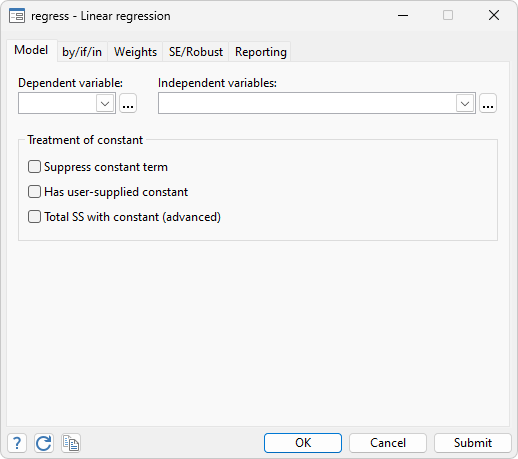

Therefore, the first step is to run the regression with the same three variables considered in the previous article for the same period of 1997-98 to 2017-18. Heteroscedasticity tests use the standard errors obtained from the regression results. Various tests help detect heteroscedasticities such as the Breusch-Pagan test and the White test. It is therefore imperative to test for heteroscedasticity and apply corrective measures if it is present. To recode that as 0 and 1, I would create a new dichotomous variable called female where female1 and male0. This will make the OLS estimator unreliable due to bias. Lets assume the output reveals that gender variable is coded as male1 and female2. If heteroscedasticity is present in the data, the variance differs across the values of the explanatory variables and violates the assumption. It refers to the variance of the error terms in a regression model in an independent variable. Heteroskedastic means “differing variance” which comes from the Greek word “hetero” (‘different’) and “skedasis” (‘dispersion’). This article focuses on another important diagnostic test, i.e.
#Regress if stata how to#
Margins are statistics calculated from predictions of a previously fit model at fixed values of some covariates and averaging over the remaining covariates.The previous articles showed how to perform normality tests in time series data. For such models, it is often easier to interpret margins - specifically, margins of responses or margins of changes in responses. For more complex models, especially non-linear models or those with interactions, the default output only reports a small subset of information from the model and/or presents results on an unintuitive scale. The default summary model output that Stata produces is useful and intuitive for relatively simple models, especially if the outcome is continuous.



 0 kommentar(er)
0 kommentar(er)
